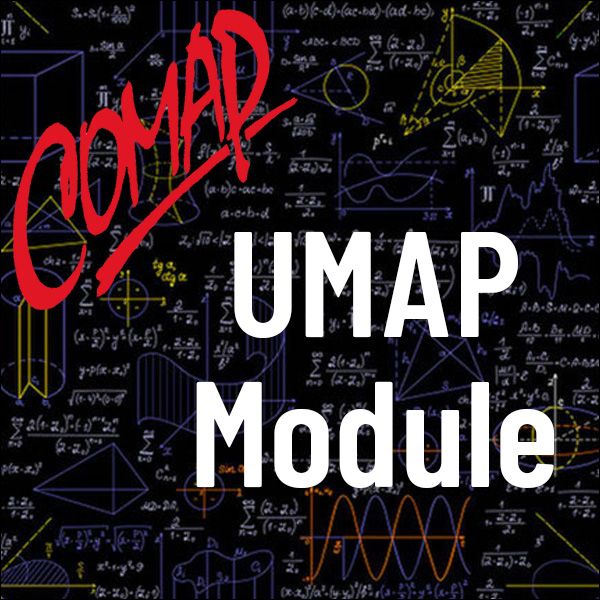Optimal Foraging Theory (UMAP)
Author: Steven Kolmes, Kevin Mitchell, James Ryan
This module introduces modeling of animal foraging behavior. It looks at how basic factors such as search and handling times and energy content may affect prey choice by foraging animals. An elementary model is then constructed that maximizes the net energy intake rate of the forager and that can predict optimal diets of animals. This model is then modified to take into account factors such as prey recognition time, food patches, and central place foraging. Data from several experiments illustrate all the models.
Table of Contents:
INTRODUCTION
BUILDING INTUITION
Basic Definitions
Search Time
Profitability
A SIMPLE MODEL OF FORAGING
The Algebra of Prey Choice
Rules for Optimal Foraging
Habitat Quality and Breadth of Diet
TESTING THE MODEL USING PREY DENSITY
RECOGNITION TIME
Taking the Time to Recognize Prey
Including Recognition Time in the Model
Distinguishing Monarch and Viceroy Butterflies
MODELING FOOD PATCHES
Different Patch Types
Optimal Foraging in Patches
Testing the Patch Model: Varying Travel Time
CENTRAL PLACE FORAGING
Round-Trip Costs of Provisioning Young
Variations of the CPF Model
COMPLICATIONS, CRITIQUES, AND CRITICISMS
The Problem of Nutrients
Other Considerations
Conclusion
SOLUTIONS TO SELECTED EXERCISES
REFERENCES
ABOUT THE AUTHOR

Mathematics Topics:
Application Areas:
Prerequisites:
You must have a Full Membership to download this resource.
If you're already a member, login here.